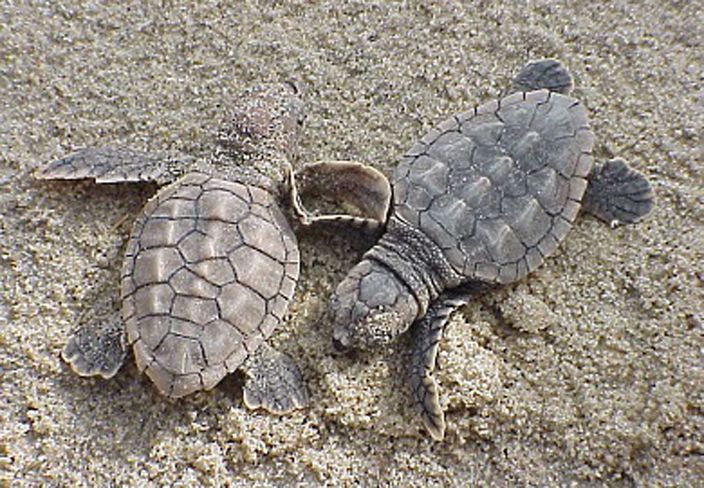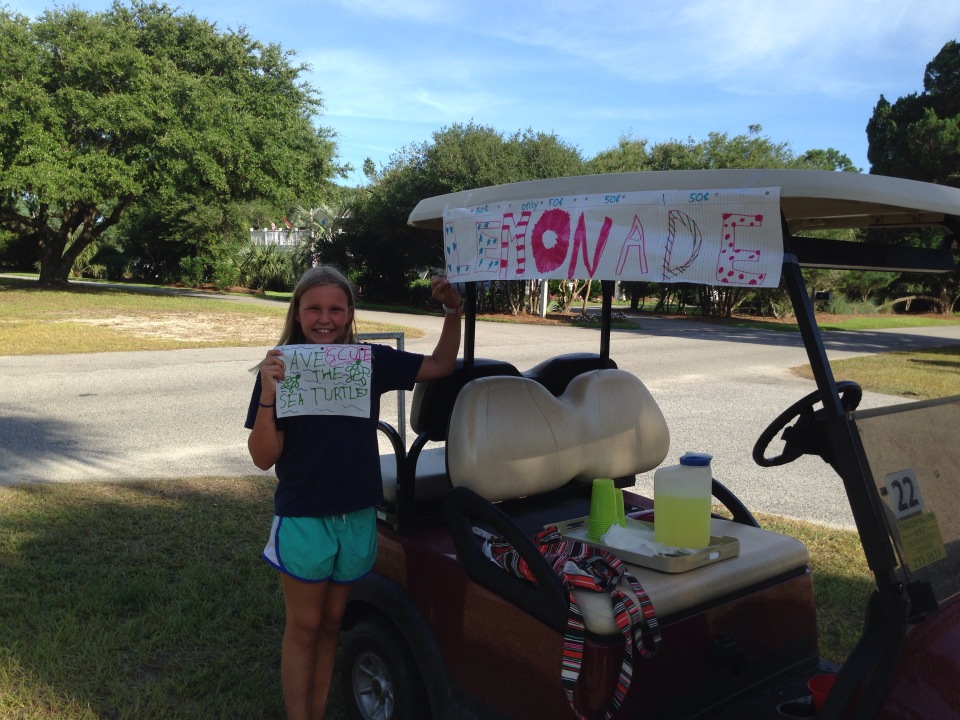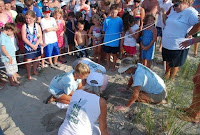DeBordieu Beach has the largest number of Loggerhead Sea Turtle nests this season on a local level. The findings in a study by SCUTE were published by the South Strand News this week. Below is the article by Ali Akhyari.

“Sea turtle nesting season got off to a rocket start when the first sea turtles began coming ashore to nest about a week earlier than usual. Since then, there have been nearly 4,000 nests reported in South Carolina according to seaturtle.org.
Cape Island, located within the Cape Romain Wildlife Refuge, currently has the largest number of reported nests with 875. Locally, DeBordieu Beach has the most reported nests with 32, all of which are still incubating. It takes approximately 50 days for eggs to hatch. The vast majority of turtle visitors have been loggerheads with a few others tossed in including green and Kemp’s Ridley sea turtles. Combined, the latter make up a total of six reported nesting turtles compared to a whopping 3,189 loggerheads.
These numbers may seem large, but there are a lot of obstacles to overcome as well. In addition to the fact that it takes about 35 years for a loggerhead sea turtle to reach sexual maturity in order to reproduce, if they manage to survive, there are predators waiting for these eggs.
Overall in this year, 87 nests in South Carolina have been destroyed, most of which have been preyed upon by coyotes and raccoons as well as ghost crabs, to a lesser degree, this year. However, it is not just wild animals that create obstacles, but humans also have the ability to negatively impact nesting turtles.
In order to help these beautiful creatures have the best chance for success, it is important to observe and refrain from certain behaviors. The Town of Pawleys Island is home to the South Carolina United Turtle Enthusiasts (SCUTE) who patrol area beaches and help track and protect nesting sea turtles and their nests. On the Town’s website, SCUTE suggests a few actions that can help sea turtle nesting be as successful as possible.
• Do not leave belongings or trash on the beach. Objects like tents and chairs can create obstacles that turn nesting mothers around or even ensnare them. Trash, especially plastics, can simulate the turtles’ favorite food, jellyfish.
• Fill in whatever holes you or your children might dig. These holes can also create obstacles and traps for nesting turtles.
• Turn lights off at night, including outdoor lighting from homes and flashlights. Artificial light disorients hatchlings and can discourage mothers from laying eggs.
• Do not disturb nesting turtles or nests. If you are fortunate enough to catch a nesting event, watch from a distance.
For more information, visit www.townofpawleysisland.com/s-c-u-t-e/. “




